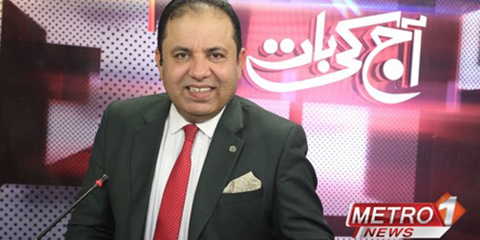
Sindh Police arrest four suspects in journalist Imtiaz Mir murder case
October 28, 2025: Sindh Police arrested four suspects linked to a banned outfit in the murder of journalist Imtiaz Mir, who was shot in Karachi in September 2025.
JournalismPakistan.com | Published 11 years ago | Daud Malik
Join our WhatsApp channel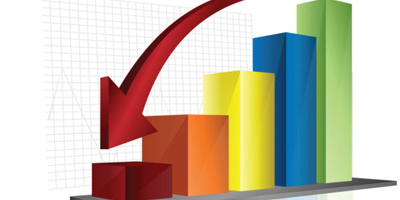
ISLAMABAD: Are newspapers and periodicals now the least important part of Pakistan’s media outlook?
“For those who could read”, according to the Oxford Companion to Pakistani history, “the country’s vibrant newspaper industry provided a major source of current affairs information, with newspapers and magazines in English, Urdu and a variety of regional languages providing investigating reporting, editorials, analysis and news.”
But their number is dwindling much faster than anybody taking notice and on the other hand the dominance of privately-owned TV channels and radio stations is on the rise. Can we say that the shift from dailies to real-time news has taken place in Pakistan?
A look at the number of print media since 2002 makes an interesting read. According to Pakistan Bureau of Statistics’ Year Book, the total number of newspapers and periodicals in 2011 stood at 769, a little more than 720 in 2002. The bureau’s figures are based on the estimates provided by the provincial public relations department.
However, interestingly from 2002 to 2007, the print media flourished, with 2005 witnessing 1997 newspapers and periodicals in Pakistan. In 2006 the number dipped to 1464 before making a strong comeback in 2007 with 1820 dailies and periodicals.
At the same time Pakistan witnessed the emergence of privately-owned TV channels and the country erupting in protest against the military ruler in 2007 over the sacking of the Supreme Court chief justice.
“The loosening of ownership laws in 2007 fuelled media expansion: 30 new television channels were licensed in 2008, compared with 17 in 2007 and three in 2006,” according to a BBC Media Action policy brief - the media of Pakistan – fostering inclusion in a fragile democracy?
This was also the start of the decline of the print media, if one goes by numbers. In 2008 the number of dailies and periodicals stood at 1199, coming down to 706 in 2009, before going up to 952 in 2010, and dipping again to 769 in 2011.
Though the overall numbers portray a grim picture for print media in Pakistan, there are contradictory trends when it comes to various publications such as dailies, weeklies, fortnightlies and quarterlies. The number of dailies have gone up from 169 in 2002 to 391 in 2011. However, in between in 2005 and 2007 their numbers were 437 and 438.
Following the same trend the number of weeklies and fortnightlies in 2011 was about the same as they were in 2002. But the monthlies have gone down from 311 in 2002 to 177 in 2011. Again when the print media flourished between 2002 and 2007, Pakistan also saw a large number of monthlies.
The country has seen a strong tradition of monthlies such as Urdu Digest, Jasoosi Digest, Sarguzhst, Alami Dunya, and many others.
Quoting Pakistan Bureau of Statistics, the BBC policy brief says: “The average daily sale of all Pakistani daily newspapers fell from 9.9 million in 2007 to 6.1 million in 2008, reaching less than 4% of the population at that time.”
(The writer is a senior journalist who has worked for The News and Dawn)

October 28, 2025: Sindh Police arrested four suspects linked to a banned outfit in the murder of journalist Imtiaz Mir, who was shot in Karachi in September 2025.
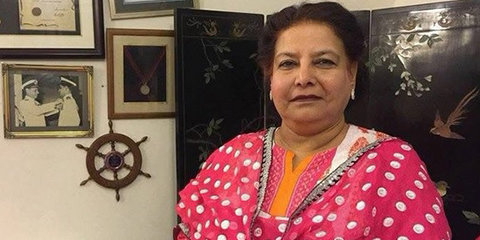
October 26, 2025: Riffat Ara Alvi, the mother of slain Pakistani journalist Arshad Sharif, has died, ending her relentless fight for justice following his killing in Kenya in 2022.
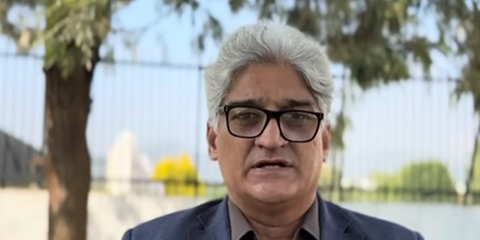
October 25, 2025: Veteran journalists and rights activists urge authorities to quash the fabricated drug case against Matiullah Jan, calling it an attack on media freedom.

October 24, 2025: PTV journalist Najam Wali Khan faces social media backlash after calling late SP Adeel Akbar a coward and a fool following his alleged suicide in Islamabad.
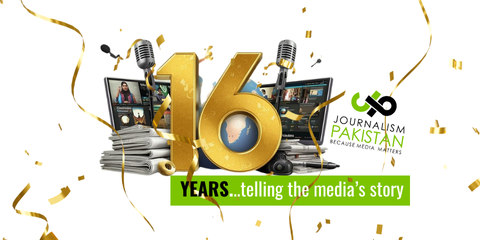
October 24, 2025: JournalismPakistan.com celebrates 16 years of independent reporting and media insight. Founded in 2009, the platform has weathered censorship, cyberattacks, and financial pressures to remain a trusted space for all who love and follow the media.

October 23, 2025: PFUJ calls for the immediate appointment of an ITNE judge, warning of a serious case backlog affecting journalists and media workers seeking justice across Pakistan.
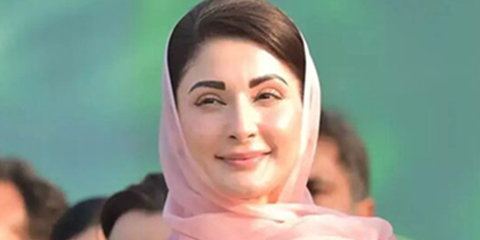
October 21, 2025: 92 News apologizes to Maryam Nawaz for falsely claiming she bought a Toshakhana watch at Rs45,000, correcting the misinformation aired in 2022.
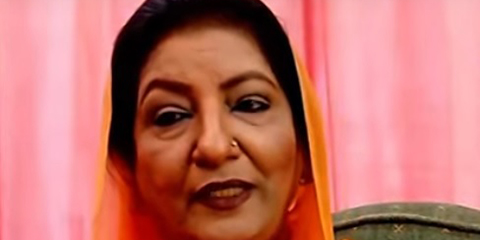
October 20, 2025: Fake news falsely claimed Ishrat Fatima’s death, sparking outrage. Colleagues condemn digital misinformation and honor her enduring legacy.

October 29, 2025 In a historic first, a Bishkek court declares Kloop, Temirov Live, and their founders extremist, marking Kyrgyzstan’s sharpest assault on press freedom under President Japarov.

October 29, 2025 Babar Azam's form slump reveals a psychological battle between classical artistry and modern cricket demands. Inside the mind of Pakistan's maestro, struggling to rediscover flow.

October 29, 2025 The New York Times is accepting applications for its 2025 fellowship, a one-year journalism training program for emerging reporters, editors, and visual journalists. Deadline: November 19, 2025.

October 29, 2025 CPJ calls on Turkey to release journalist Merdan Yanardag and return control of TELE1, after his arrest on espionage charges and state media takeover.

October 29, 2025 Alfred Friendly Press Partners invites exiled journalists in the US to apply for its 2026 four-week fellowship offering training, support, and a $2,000 stipend.